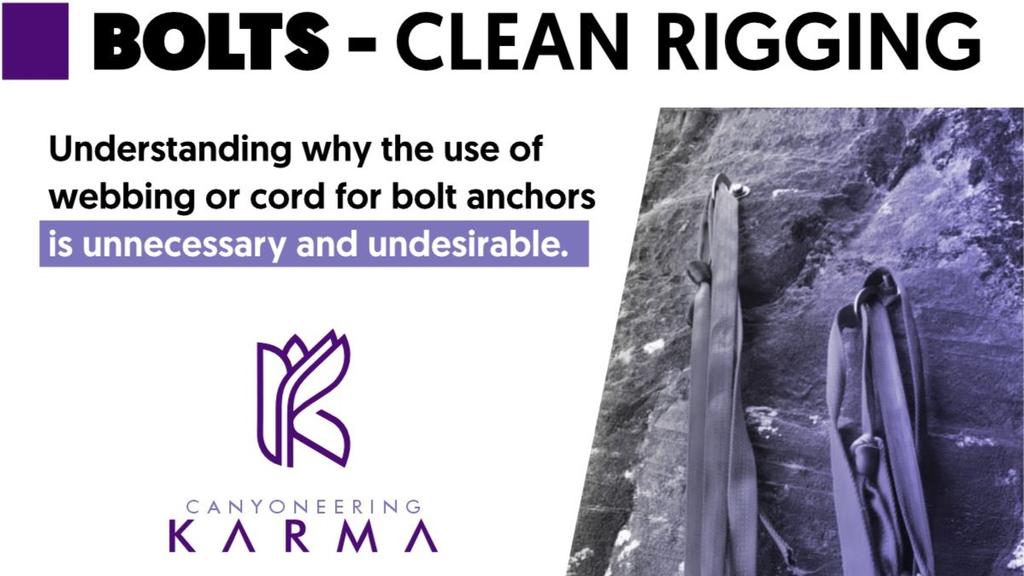In this episode Rich and Adolfo discuss what makes an anchor bombproof in canyoneering. We explore the differences between rock climbing anchors and canyoneering anchors, emphasizing the need for canyoneering anchors to be more secure due to the use of static ropes. We discuss factors that affect anchor strength, such as fall factor, mechanical advantage, and vector forces. We also address the concept of marginal anchors and how to make them bomber, including using soft starts, sequencing, and employing mechanical advantage. We touch on the importance of knowing the characteristics of different trees and rocks for anchor placement. The conversation concludes with a discussion on the use of bolts in canyons and the importance of proper bolting techniques.
Key Take Aways
- Canyoneering anchors need to be more secure than rock climbing anchors due to the use of static ropes.
- Factors that affect anchor strength include fall factor, mechanical advantage, and vector forces.
- Marginal anchors can be made bomber through techniques such as soft starts, sequencing, and employing mechanical advantage.
- Knowing the characteristics of different trees and rocks is important for anchor placement.
- Proper bolting techniques are crucial for creating secure anchors in canyons.

Download your FREE copy of “Bolts – Clean Rigging” to learn best practices for rigging both mechanical and glue-in bolts.

10,000 pound webbing, 500 pound anchor
It might not be clear in the photo used for the feature image for this podcast episode, but this webbing is tied around a sandstone feature that is approximately six inches in diameter. There is no way to know exactly how much this feature will hold without measuring an applied load to the point of breaking. 500 pounds is just a guess.
The webbing is tied around the feature with a redundant wrap, resulting in four strands of webbing, each capable of holding around 4,000 pounds, for a total of 16,000 pounds. The overhand knot at the focal point will reduce the overall strength. 10,000 pounds is another guess.
A chain is only as strong as its weakest link.
Is this anchor bomber or marginal? If you say you think it will hold, it might hold or it will probably hold, it is marginal. How might you use this anchor to make it bomber?
We would love to hear your feedback ...
- What part of this episode was the most meaningful for you?
- Was there anything confusing about it, or where did you need more information?
- Do you have questions about the episode?
- Do you have a topic suggestion for a future episode?
Follow us in social media

